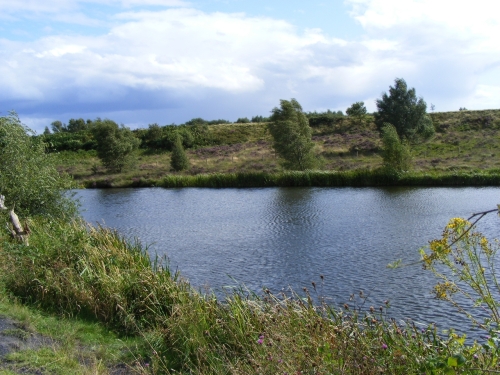Canal News
October 19 & 23 2014
Family fun event at Fradley Junction

19 Oct 2014
11:00 am – 2:00 pm
Address
Fradley Junction
Staffordshire
DE13 7DN
Come and have a fun time with the family at Fradley Junction.
Free children’s activities in the scenic canalside setting of Fradley Junction.
Activities include:
• Hook a Duck
• Canal Art
• Bark Rubbing around the nature reserve
Additional info
Meet outside the Canal & River Trust offices in the café courtyard
The event/activities are run by CRT Education Volunteers and are part of a monthly events programme at Fradley Junction.
Pay and display parking
For more information about our lead visits please visit our website http://www.canalriverexplorers.org.uk or email us explorers@canalrivertrust.org.uk
Waterways Craft Group at the National Waterways Museum, Ellesmere Port

19 Oct 2014
10:00 am – 4:00 pm
This lively group meets the third Sunday of the month (with the odd exception) on the first floor of the Island Warehouse, to demonstrate the traditional crafts of the inland waterways.
Crafts demonstrated include boatman’s belt embroidery, bonnet making, cabin crochet, canal ware painting, rag rugging and patchwork.
Volunteers needed in Cannock

We’re inviting local people living in and around Gailey in Cannock to help give the Staffordshire & Worcestershire Canal a much-needed tidy.
The next clean-up is planned for Thursday 23 October from 10am – 3pm and people of all ages and abilities are invited to lend a hand to spruce up their local waterway. All equipment will be provided and volunteers should wear old clothes that they don’t mind getting a bit muddy.
The work is part of our Towpath Taskforce volunteering project, which encourages people to come out, get their hands dirty and help protect some of Staffordshire’s most important wildlife habitats and public open space. The Taskforce provides regular volunteering opportunities for local communities which, as well as benefitting our canals and rivers also create memorable and rewarding experiences for everyone who takes part.
Community ownership
The teams meet regularly and are aimed at encouraging more community ownership of and pride in local waterways. Projects include painting lock gates, improving access to the towpath, clearing overgrown vegetation, cleaning up litter and graffiti and helping wildlife by building nest and bat boxes and planting reed beds.
Peter Mathews CMG, chair of the West Midlands waterways partnership for the Canal & River Trust, said: “Staffordshire’s waterways are a real hive of activity with a whole variety plants and animals living along them. There are some areas though that need a little work, from cutting back natural vegetation to clearing away some of the rubbish that gets left behind. The more that people living near the canal can spare a few hours and help us tidy it up the better it will be for the whole community.”
Meeting point is at the Trust’s car park next to the roundhouse, Croft Lane, just off the A5, Gailey, Staffordshire, ST19 5PR.
Volunteer for the Canal & River Trust













